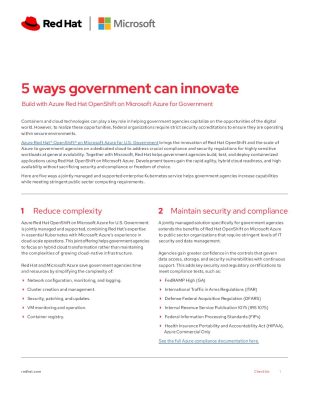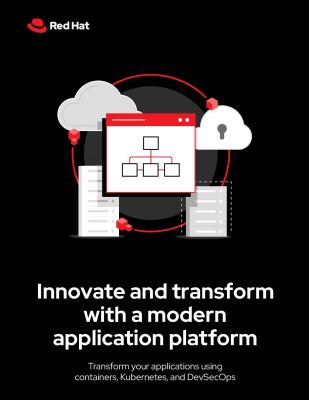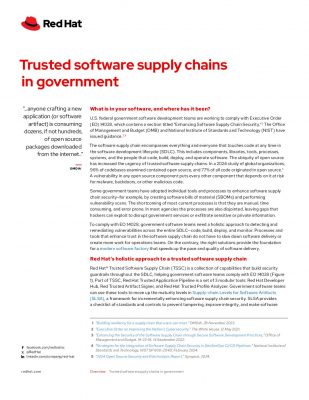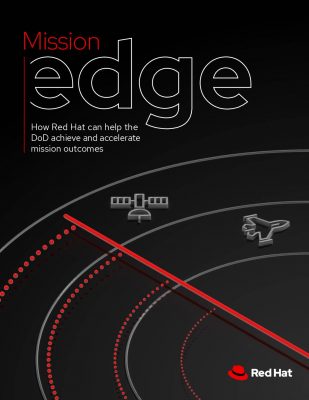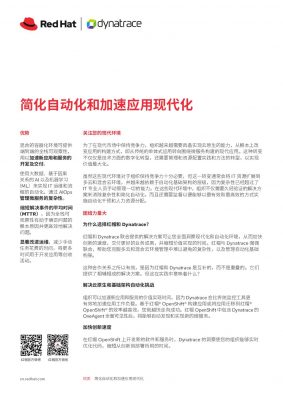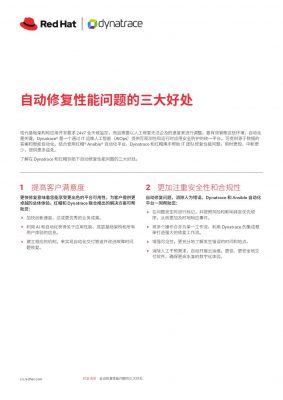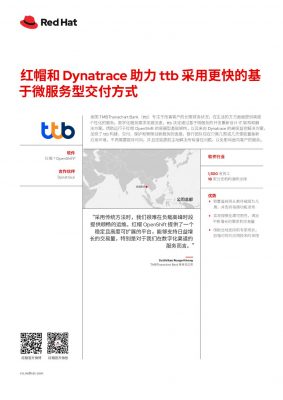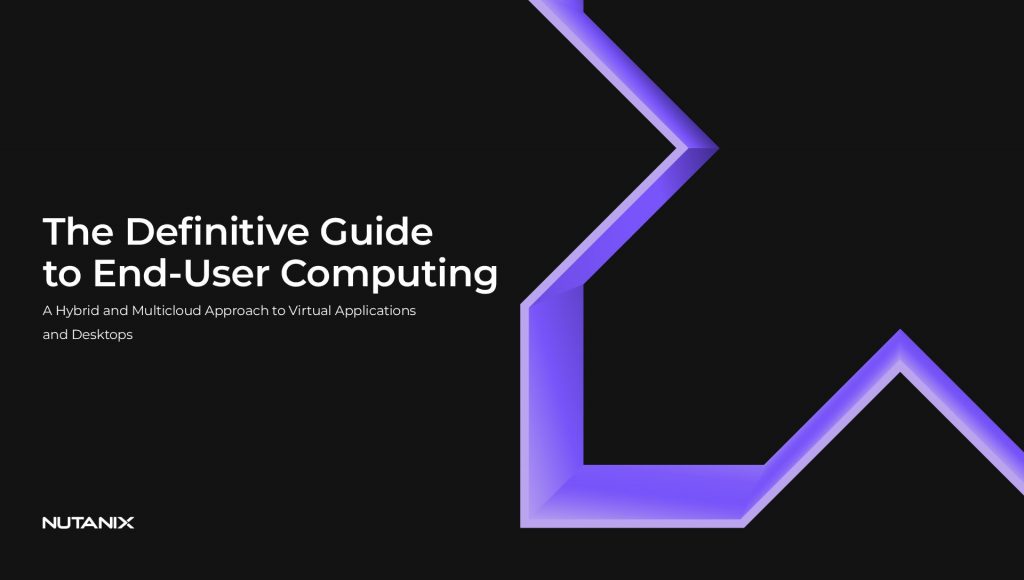Traditional EUC solutions are inadequate for today’s dynamic work environment. Employees may work from home one day, in the office the next, and from a remote location the day after that. Many strongly prefer this way of working and can’t or don’t want to go back to old workstyles. Data suggests that employees are not going back to the office. Office occupancy remains below 50% in US metro areas at the end of 2022.
To facilitate hybrid work, end users need the ability to access their applications and data from anywhere, on any device, at any time. Your IT organization may need to enhance its EUC deployments to meet workforce needs—and address growing requirements for security, business continuity, and compliance.
For many companies, existing EUC solutions are limiting business agility. They can be hard to configure, difficult to manage, and fail to meet business needs with challenges that include:
- Long deployment times. Infrastructure and management complexity increase the time necessary to implement new EUC deployments or to expand existing ones.
- Large upfront investments. On-premises EUC is CapEx intensive. Sizing mistakes lead to wasted spending.
- Limited scalability. Many EUC implementations reach a point of diminished performance due to architecture challenges and data locality issues.
- Dissatisfied end users. EUC that is slow to respond or fails to satisfy requirements can leave end users unhappy. Some end users create their own solutions, potentially compromising security and putting company data at risk.
The need for EUC to be rapidly deployable and easily scalable—while better meeting the needs of dynamic business operations and demanding end users—requires a more flexible approach to infrastructure.



